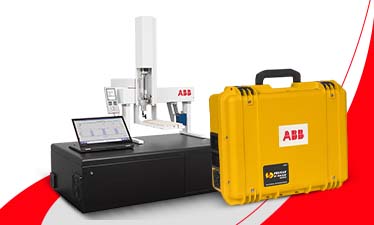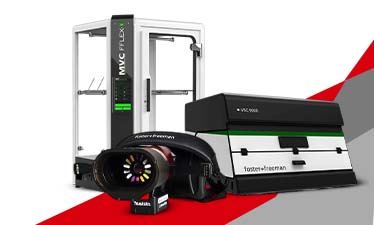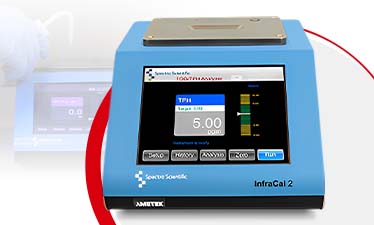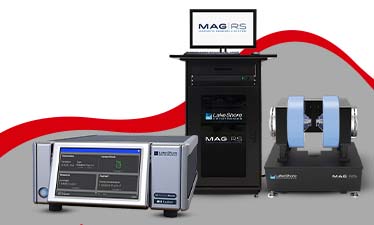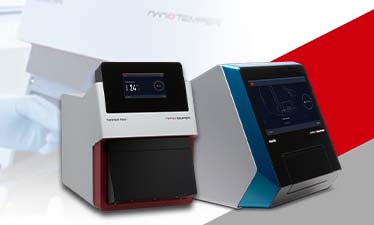All You Need to Know About Laser Induced Breakdown Spectroscopy (LIBS)
Laser Induced Breakdown Spectroscopy (LIBS) is an elemental analytical technique that belongs to the family of atomic emission spectroscopy techniques. The use of this technique enables lab experts to obtain a qualitative and quantitative analysis of the elementary chemical composition of a sample on site and in real time.
There are different types of LIBS analyzer available such as the handheld LIBS analyzer that is used for rapid sorting of alloys in scrapyards and also for detecting alloy and analysis in varied applications within the metal industry.
Continue to read till the end to learn all things essential about LIBS and LIBS analyzers.
Brief History of LIBS Technique
If we trace back the early usage of LIBS technique then we can say that this analytical technology saw the light of the day ever since the invention of the laser in the 1960. After several years and inventions later, the LIBS technology was discovered in the same decade in Russia and USA respectively.
However, the technique was abandoned for many years until the 1980s when the technique was restored and renovated to analyze chlorine in the air and provoked a renewed interest in other operations.
How Does the LIBS Analysis Work?
In LIBS analysis, a focused pulsed laser reaches the sample eliminating a very small amount of material from the surface. The sample is impacted by thousands of pulses during a one second measurement.
The material is heated and exceeds temperature more than 1000 degrees Celsius. This extreme temperature causes the atoms to break and form a plasma. Despite extremely high temperatures, the sample doesn’t get hot to the touch during the analysis and therefore, it can be held in hand safely when measuring.
What is Exactly Happening within the Atoms?
When the powerful pulsed laser hits the sample, the electrons in the outer atoms shell are emitted. Since the electrons present in the outer shells are protected by the electrons of the inner shell, they aren’t drawn by the nucleus strongly.
This means electrons ejected from the outer shell require less energy. The emission of electrons produces a vacancy which results in instability of the atom. When the pulse laser ceases, the plasma created cools down and the vacancy formed is filled by the electrons cascading down from the ejected outer shells.
The excess energy that is released when the electrons move in between two energy levels or shells are emitted in the form of specific element light. For a typical metallic sample containing magnesium, iron, vanadium, etc. each element emits several wavelengths resulting in a spectrum up to thousands of peaks.
LIBS Analyzers
While there are several types of LIBS analyzer available, handheld portable analyzers are becoming popular for various applications. The LIBSorter 300 is also a fully automated LIBS analyzer that is used for the rapid classification of pure fractions in industrial recycling of scrap metals.
The choice of analyzer must be carefully determined as per the application and specific requirement.




